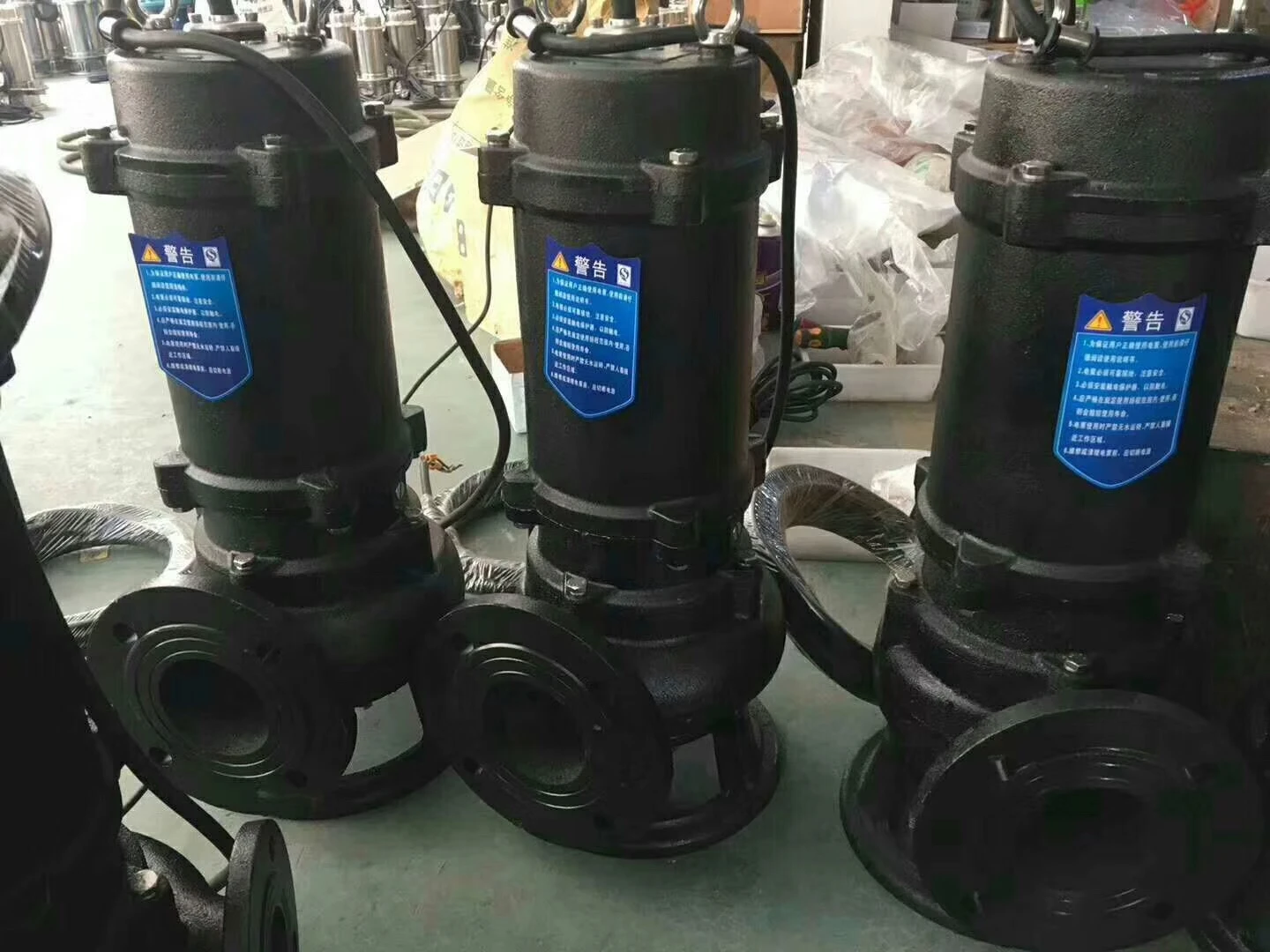Macedonian
- Afrikaans
- Albanian
- Amharic
- Arabic
- Armenian
- Azerbaijani
- Basque
- Belarusian
- Bengali
- Bosnian
- Bulgarian
- Catalan
- Cebuano
- Corsican
- Croatian
- Czech
- Danish
- Dutch
- English
- Esperanto
- Estonian
- Finnish
- French
- Frisian
- Galician
- Georgian
- German
- Greek
- Gujarati
- Haitian Creole
- hausa
- hawaiian
- Hebrew
- Hindi
- Miao
- Hungarian
- Icelandic
- igbo
- Indonesian
- irish
- Italian
- Japanese
- Javanese
- Kannada
- kazakh
- Khmer
- Rwandese
- Korean
- Kurdish
- Kyrgyz
- Lao
- Latin
- Latvian
- Lithuanian
- Luxembourgish
- Macedonian
- Malgashi
- Malay
- Malayalam
- Maltese
- Maori
- Marathi
- Mongolian
- Myanmar
- Nepali
- Norwegian
- Norwegian
- Occitan
- Pashto
- Persian
- Polish
- Portuguese
- Punjabi
- Romanian
- Russian
- Samoan
- Scottish Gaelic
- Serbian
- Sesotho
- Shona
- Sindhi
- Sinhala
- Slovak
- Slovenian
- Somali
- Spanish
- Sundanese
- Swahili
- Swedish
- Tagalog
- Tajik
- Tamil
- Tatar
- Telugu
- Thai
- Turkish
- Turkmen
- Ukrainian
- Urdu
- Uighur
- Uzbek
- Vietnamese
- Welsh
- Bantu
- Yiddish
- Yoruba
- Zulu
Telephone: +86 13120555503
Email: frank@cypump.com
Ное . 16, 2024 07:07 Back to list
Manual Operation Guide for Submersible Sewage Pumping System and Maintenance Tips
Submersible Sewage Pumping System Manual Operation and Maintenance
Submersible sewage pumping systems are critical components in wastewater management. These systems are designed to transport sewage and wastewater from lower elevations to treatment facilities, ensuring the effective disposal and treatment of waste. Understanding the manual operation and maintenance of these systems is essential for ensuring their reliable performance and prolonging their lifespan.
Manual Operation of Submersible Sewage Pumps
The operation of a submersible sewage pump involves lowering the pump into the sewage pit or wet well, where it operates underwater. The first step in manual operation is to ensure that the power supply to the pump is properly connected and within the specified voltage range. Safety precautions must be observed, including wearing appropriate personal protective equipment (PPE) such as gloves and boots.
To manually operate the pump, the operator must typically perform the following steps
1. Inspect the Pump Before putting the pump into operation, conduct a thorough inspection. Check for any signs of wear, corrosion, or damage, particularly in the electrical connections and the pump casing.
2. Connect the Pump Securely connect the pump to the discharge pipe and ensure all fittings are tight to prevent leakage. This step is crucial for maintaining system integrity.
3. Power Up Once the pump is in place and secured, energize the pump by turning on the power supply. Listen for unusual noises which might indicate an operational issue.
4. Monitor Operation While the pump is running, observe its performance. Key indicators to monitor include the flow rate, noise level, and the temperature of the motor. Address any anomalies immediately to prevent equipment failure.
'submersible sewage pumping system manual operation and ...'

5. Shut Down To shut down the pump, turn off the power supply and allow the pump to come to a complete stop before attempting any maintenance or inspection.
Maintenance of Submersible Sewage Pumps
Regular maintenance is essential for preventing breakdowns and ensuring optimal performance. Depending on usage and environmental conditions, the maintenance schedule may vary but typically includes
1. Routine Cleaning Sewage pumps can accumulate debris and sediment over time. Routine cleaning of the pump and its components helps prevent clogs and ensures efficient operation.
2. Seal Inspection Check the mechanical seals regularly for wear and tear. Faulty seals can lead to leaks, which may result in electrical failure or pump malfunction.
3. Check Float Switches Float switches are crucial for automatic operation of the pump. Ensure they are functioning properly and free from any obstructions that could hinder their movement.
4. Lubrication Lubricate moving parts as per the manufacturer's guidelines to minimize friction and wear, thereby extending the life of the pump.
5. Electrical Inspection Regularly inspect all electrical components, including connections and wiring. Look for signs of corrosion or wear which could compromise safety and efficiency.
In conclusion, understanding the manual operation and maintenance of submersible sewage pumping systems is vital for operators tasked with managing wastewater. By following proper operational procedures and adhering to a strict maintenance schedule, the reliability and efficiency of these systems can be significantly enhanced, ensuring effective waste management and protecting environmental health.
-
Heavy-Duty Mining Sludge Pumps - Wear-Resistant Slurry Handling
NewsAug.02,2025
-
Horizontal Split Case Pump with GPT-4 Turbo | High Efficiency
NewsAug.01,2025
-
ISG Series Pipeline Pump - Chi Yuan Pumps | High Efficiency, Durable Design
NewsAug.01,2025
-
Advanced Flue Gas Desulfurization Pump with GPT-4 Turbo | Durable & Efficient
NewsJul.31,2025
-
ISG Series Vertical Pipeline Pump - Chi Yuan Pumps | Advanced Hydraulic Design&Durable Construction
NewsJul.31,2025
-
ISG Series Vertical Pipeline Pump - Chi Yuan Pumps | Energy Efficient & Low Noise
NewsJul.31,2025










